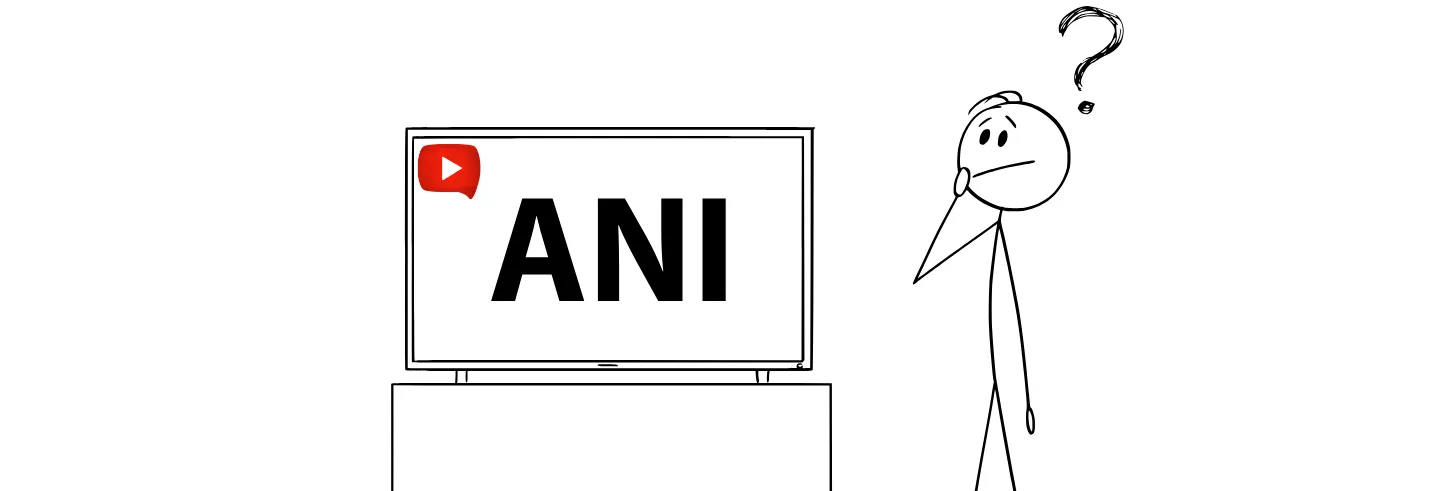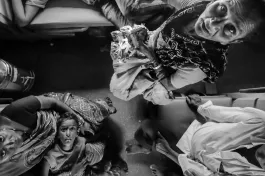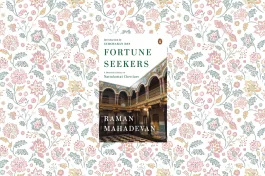The article “ANI vs YouTubers: The 'Fair Use' Defence” on this forum examines the defence of fair use/dealing as might be available to the YouTubers who have been at the receiving end of copyright strikes and court cases.
Fair use/dealing has a certain appeal; it is the big daddy of exceptions and limitations. Fair use/dealing has been associated with more foundational values like freedom of speech and expression, giving it high rhetorical value. There are specific exceptions in Section 52 of the Copyright Act, like reporting current events and review/criticism, which prima facie seem to apply to the case at hand, increasing the salience of the fair use/dealing argument. Yet the framing of whether the use/dealing is fair of ANI’s “copyrighted” content by YouTubers unfortunately misses two things: First, it accepts that infringement has occurred, which in normal instances is the responsibility of the copyright owner to establish through evidence before the court. Second, it ignores the possible nature of the copyrighted work in question, which is being alleged to be infringed.
Regarding the question of copyright infringement, two burdens are imposed on the copyright owner. First, he has to prove he has a valid copyright, and second, he has to show that the infringer has infringed on his copyright. In the context of the YouTuber controversy, there are serious questions to be raised as to whether copyright exists over the works which ANI says have been infringed and, even if copyright does exist, the scope of copyright is in question. This will have a significant impact on whether the act of infringement has occurred or not.
Over-reliance on the defence of fair use/dealing might not be warranted when there are other internal checks and balances within India’s copyright law.
Tanishka Goswami, in an article for SpicyIP, has raised some of these questions. These questions exist due to the possible nature of the copyrighted work(s). ANI is a private news agency which provides news feeds, streamed multimedia, news wire services, etc. Hence, if ANI’s allegations and strikes are based on copyright over news feeds or news clips, there could be a higher threshold to be crossed for establishing copyright protection and its scope. But then why is this so? This is due to the idea/expression of the dichotomy principle recognised by the Supreme Court in R.G Anand vs M/S. Delux Films. The principle states that copyright does not protect ideas and only expressions of an idea. In other words, there is no copyright over news. However, copyright is granted regarding the way in which a news item is reported. Facts, historical or present, themes and plots are treated as mere ideas with no expressive content.
In addition, the Doctrine of Merger denies protection to expressions of ideas if there are only limited ways of expressing an idea. Even if one were to concede that there is copyright over news feeds, the scope of copyright protection gains significance, as not all of a work is protected. Unprotectable elements have to be separated out, ideas must be removed from analysis when determining infringement, since they are not protected by copyright. Hence, news feeds and news clips might be left with a very thin copyright. All this raises the threshold showing a valid copyright with sufficient scope for a successful claim of infringement. This is further amplified by the fact that the infringed material in question is most probably news feeds and news clips.
Hence, the framing of YouTubers' issue as between fair use/dealing vs copyright unfortunately makes us forget these important issues.
Section 52 of the Copyright Act states, “following acts shall not constitute an infringement of copyright”, then proceeds to give a long list of exceptions. Thus, Section 52, i.e the section that addresses fair use/dealing, protects certain acts from being penalised as infringement even though they might constitute an act of infringement. In other words, a defence under fair use/dealing would mean conceding the question of infringement.
Lokesh Vyas has argued that far from having a belief in the exception of fair use/dealing, we are moved to having a blind faith in fair use. This blind faith has the unfortunate consequence of creating copyright protection for works which, on closer examination, might not warrant copyright protection. Over-reliance on the defence of fair use/dealing might not be warranted when there are other internal checks and balances within India’s copyright law. Principles like the Idea/Expression dichotomy and the Doctrine of Merger perform the same function as fair use/dealing. It preserves the space of the public domain from encroachment and prevents elements in the public domain from being appropriated by private parties. Fair use/dealing is a very important defence, but not the only one.
The fact that there are other defences available other than fair use/dealing further complicates the question of determining whether or not an act of infringement has occurred.
What does this mean for YouTube’s content takedown policy? As had been discussed by Prashant Reddy T, YouTube under Indian Copyright law has the option of saving itself the headache of deciding copyright disputes by simply following Section 52(1)(c), wherein upon receiving a complaint, the alleged infringing content can be taken down for 21 days and if the complainant is unable to produce a court order the content can be reinstated. Yet YouTube’s three-strike policy is not in line with Section 52(1)(c), as pointed out in the above article, under which three strikes within 90 days can lead to channel deletion. Even if there is an option to issue a counter notification by the alleged infringer, the fact that a copyright owner can bring your channel down with three strikes within 90 days gives the copyright holder a lot of power, which has been deftly exploited by ANI. The fact that there are other defences available other than fair use/dealing (Idea-Expression dichotomy, Doctrine of Merger) further complicates the question of determining whether or not an act of infringement has occurred. It also raises questions about the ability of YouTube to address these knotty legal issues. Prof. Arul George Scaria has noted how India's fair dealing provision is unlike the US’s fair use doctine. In the US, the fair use provision is more flexible, while in India, it is purpose-limited and enumerated in detail, giving less scope for expanded interpretation. This raises the significance of other defences under copyright law and tells us not to have blind faith in fair use. Hence, You Tube’s policy for content takedown for copyright infringement might not be adequate to address the varied protections available to any user of copyrighted content, leading to curtailment of legitimate uses and consequently freedom of speech and expression.
Bharathwaj Ramakrishnan is currently an SpicyIP analyst and writes on Intellectual Property issues.









